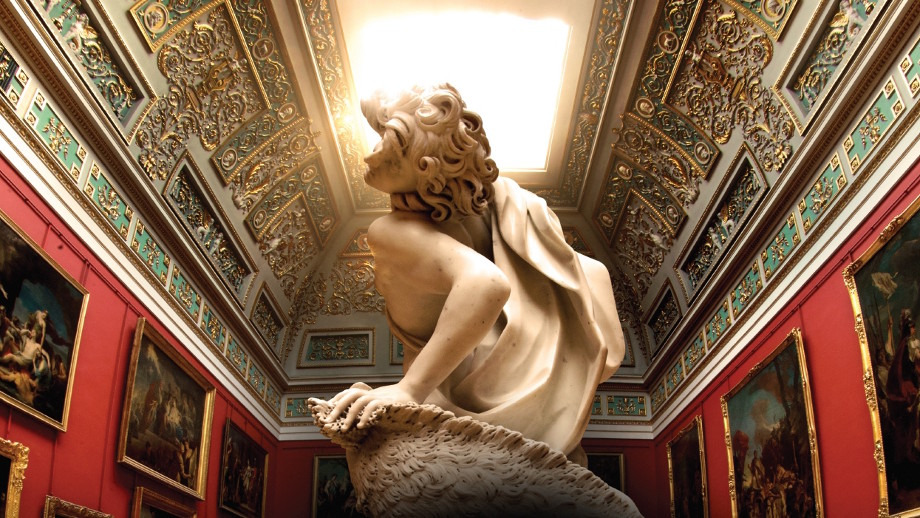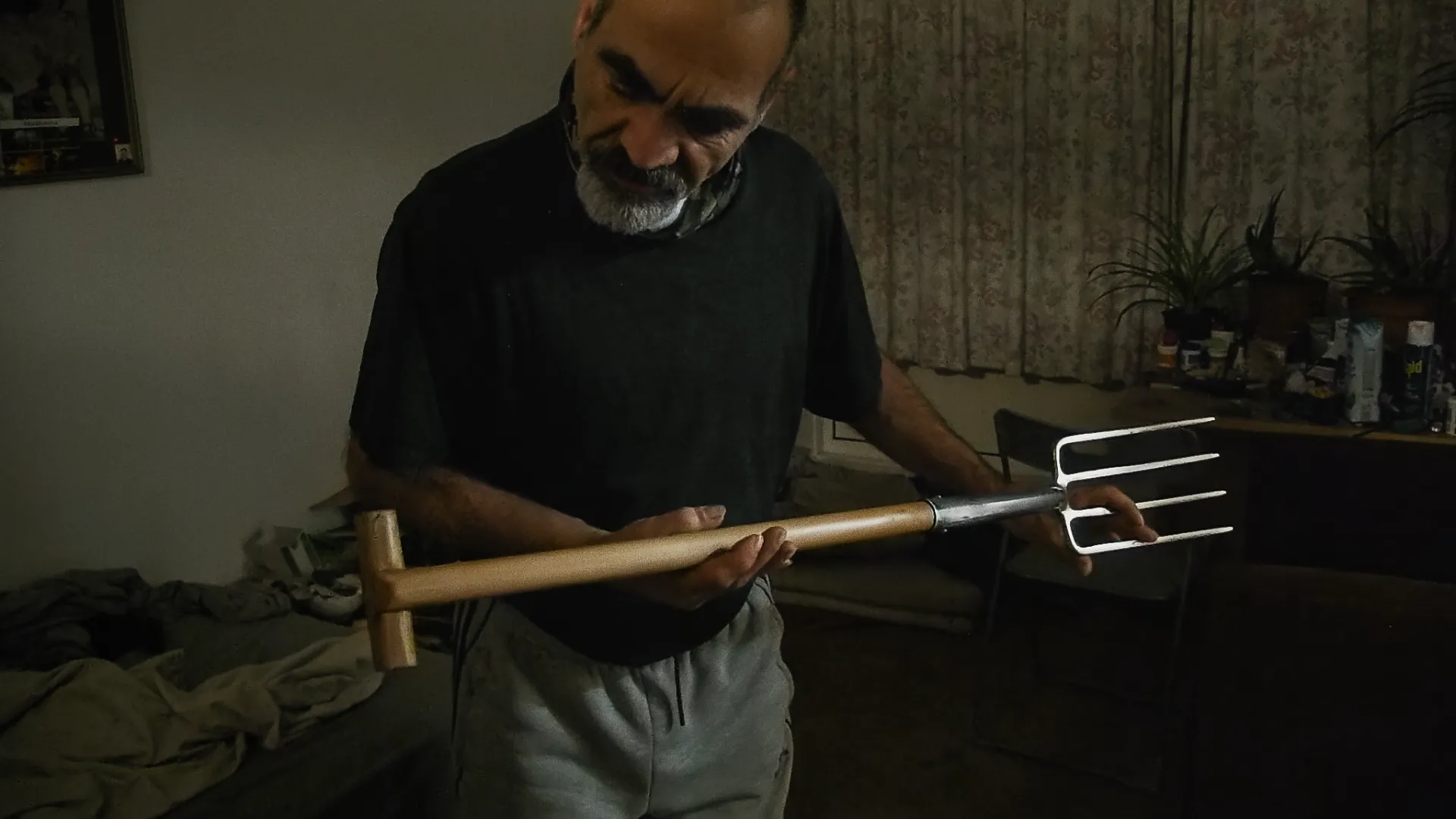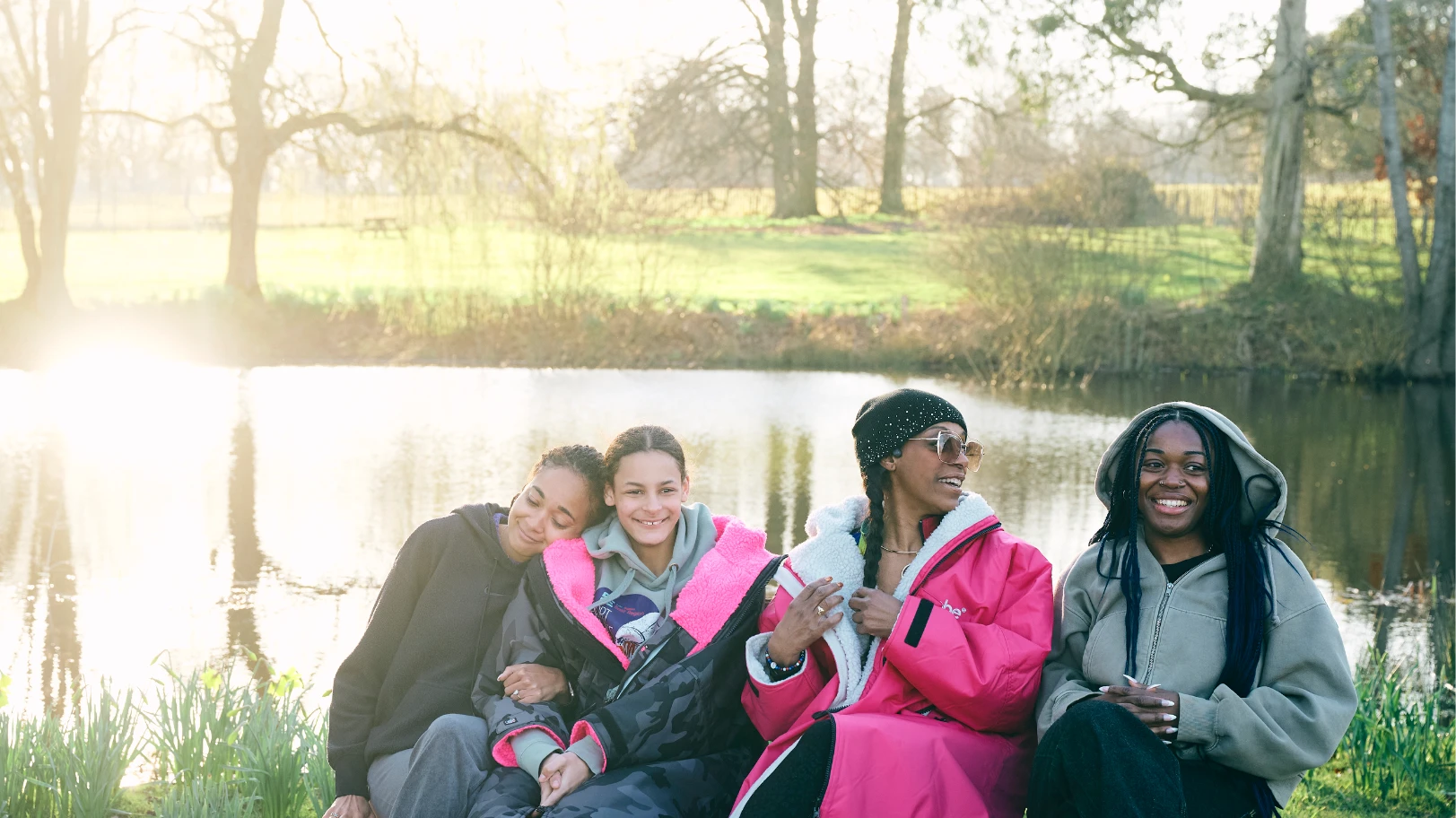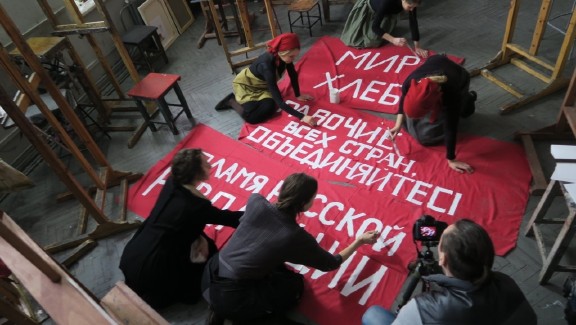Revolution - New Art For A New World
Synopsis
Details
- Year
- 2016
- Type of project
- Features
- Running time
- 85 mins
- Format
- HD
- Director
-
Margy Kinmonth
- Producer
- Margy Kinmonth
- Co-Producer
- Maureen Murray
- Editor
- Gordon Mason A.C.E.
- Screenwriter
- Margy Kinmonth
- Director of Photography
- Gennady Nemikh, Maxim Tarasyugin, Patrick Duval
- Sound
- Location Sound: Igor Ushankov, Ilya Talochkin, Tony Burke, Stephen Anderson. Sound re-recording Mixers George Foulgham and Nas Parkash
- Composer
- Edmund Jolliffe
- Principal cast
- Voice of Vladimir Lenin - Matthew Macfadyen, Voice of Kazimir Malevich - Tom Hollander, Voice of Lyubov Popova - Eleanor Tomlinson, Voice of Wassily Kandinsky - James Fleet, Voice of Varvara Stepanova - Daisy Bevan
- Film Image
- REVOLUTION - Banner Painting. Photograph © www.foxtrotfilms.com
Genre
Categories
Production Status
Production Company
An Arts Alliance Distribution presentation with the support of Alisher Usmanov, Founder of the Charity Fund “Art, Science and Sport.
A Foxtrot Films Production. A Margy Kinmonth Film.Sales Company
Page updates
This page was last updated on 12th May 2025. Please let us know if we need to make any amendments or request edit access by clicking below.
See also
You may also be interested in other relevant projects in the database.
 Hermitage Revealed
Hermitage Revealed
Director: Margy Kinmonth
Year: 2014
“Hermitage Revealed" tells the story of the State Hermitage Museum in St. Petersburg - one of the largest and most visited museums in the world. Holding over 3 million objects and boasting more curators than any other museum, this special film investigates remarkable stories of dedication, devotion, ownership and ultimate sacrifice, showing how the collection came about, how it survived tumultuous revolutionary times and what makes the Hermitage unique today. The film access the museum’s director, curators and historical eyewitnesses and feature significant objects from the Hermitage’s collection, whose stories thread throughout the film. The film reveals the workings of the Hermitage by going behind the scenes to observe the restorers, artists, archives and rare, hidden treasures not on show to the public in the world’s largest museum open storage complex. During its 250 year history, the Hermitage transposed from an Imperial Palace to a State Museum. Its story is Russia’s history in microcosm.
 All These Summers
All These Summers
Director: Therese Henningsen
Year: 2025
Driven by a recurring urge to encounter strangers with her camera, the filmmaker begins to film her solitary Greek Cypriot neighbour Pete in the tower block in London where they both live. Around the same time, her father in Denmark receives a cancer diagnosis requiring her to spend more time with him. As her father gradually slips back into the depression that made him absent when she was a teenager, she feels a need to document this transition. Her compulsion to enter into Pete’s life and to film him echoes with her desire for understanding her father’s experience of isolation and loneliness, as well as her own relationship to it. ALL THESE SUMMERS asks questions about responsibility in life and in film whilst intimately confronting the complexities of the daughter-father and filmmaker-subject relationship. Official Selection CPH DOX 2025
 Swim Sistas
Swim Sistas
Director: Catherine Joy White
Year: 2025
A poetic and visually rich love letter to water, sisterhood, and the resilience of Black women across generations. The film follows three generations of Black British women, from an Olympic trailblazer to a 54-year-old first-time swimmer, in a lyrical celebration of joy, sisterhood and resilience. Official Selection DOC NYC 2025
